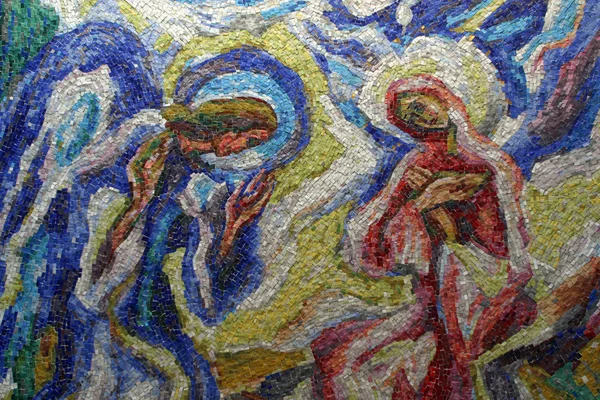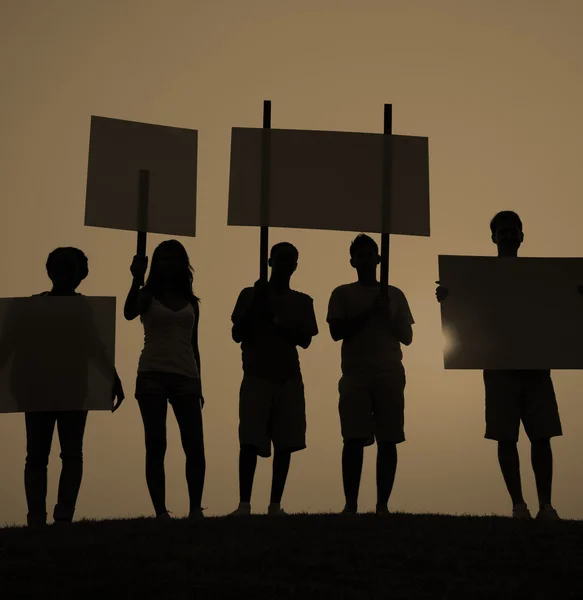
In the Theology that reads the World featured article in the Catholic Times, the priest theologian writes about a narrative method of theology.
Shouldn't theology be a statement of faith with tender compassion? Theology is primarily a philosophical narrative However, the Bible is about experience, memory, and faith, communicated to us in narratives.
The writer has lived a long life lecturing on theology and writing papers. He was not an outstanding scholar, but he loved study and the world of scholarship. However, the more he studied theology, the more often he felt that theology did not properly explain faith or convey it convincingly.
You can approach God and faith academically, and the academic effort has its own usefulness. However, the academic approach to God does not precede the experience of God and the life of faith. Theology as a science always comes second. Experience and life always come first. True thought comes from experience and life. The thought of God cannot precede the experience of God and life in the likeness of God. Theology and doctrine are for faith, not before faith.
All human thinking is connected to human experience and life in a broad context. Of course, there can be a realm of pure thought, metaphysical thought. We believe in the creative power of pure thinking and imagination. It is also acknowledged that there is a transcendental dimension of rational thought. However, thoughts separated from experience and life do not have the power to communicate the truth. Theology can better fulfill its role in the church when it is connected to the experience of faith and the life of faith.
Theology only plays an auxiliary role in the process of transmitting and educating within the faith. Throughout history, theology has played a role as wisdom in search for God, rational thought, knowledge, and reflection, and introspection on religious practices. Perhaps today's theology should put more weight on the role of reflection and introspection.
The heart of the religious statement is the biblical statement. The Old Testament is the story of the Israelites who experienced God. The New Testament is the story of early Christians who experienced Jesus Christ. The Bible is a description of experience, memory, and faith. Experiences, memories, and beliefs are passed on to us through narratives.
"Human beings have the instinct to be fascinated by stories, and they not only like to listen to stories, but also enjoy telling stories and participating in them." Could it be developed in a way more familiar to narrative language? Faith begins with stories, and isn't theology a statement about faith?
Can't theology resemble the biblical narrative? Olga Tokarczuk in her Nobel Prize in Literature acceptance speech gives us some interesting and strange words.
"Have you ever wondered who the marvelous storyteller is in the Bible who calls out in a loud voice: 'In the beginning was the word'? Who is the narrator who describes the creation of the world, its first day, when chaos was separated from order, who follows the serial about the origin of the universe, who knows the thoughts of God, is aware of his doubts, and with a steady hand sets down on paper the incredible sentence: 'And God saw that it was good'? Who is this, who knows what God thought?"
"Leaving aside all theological doubts, we can regard this figure of a mysterious, tender narrator as miraculous and significant. This is a point of view, a perspective from where everything can be seen. Seeing everything means recognizing the ultimate fact that all things that exist are mutually connected into a single whole, even if the connections between them are not yet known to us. Seeing everything also means a completely different kind of responsibility for the world, because it becomes obvious that every gesture 'here' is connected to a gesture 'there,' that a decision taken in one part of the world will have an effect in another part of it, and that differentiating between 'mine' and 'yours' starts to be debatable."
Wouldn't faith be conveyed better in the description of affectionate compassion than in the hard and high-handed description? God is a God of truth and justice, but above all, he is a God of love and mercy. As a statement about God, what form of narrative should theology take?





